One of the most beloved popular music plays in the world, The Phantom of the Opera has been adapted to several platforms. From various theater performances to different movie versions, this French gothic novel by Gaston Leroux is a classic tale that stands the test of time.
Written in 1909, The Phantom of the Opera follows the story of a disfigured character hiding in the most secluded corners of the Paris Opera House. Erik, also known as the Opera Ghost or the Phantom, fell in love with the amateur prima donna, Christine Daaé, whose voice can make the angels weep. The 2004 movie adaptation, starring Gerard Butler as Erik and Emmy Rossum as Christine, received mixed criticisms. While some details were on point, others missed the mark.
10 Hit: The New Margarita
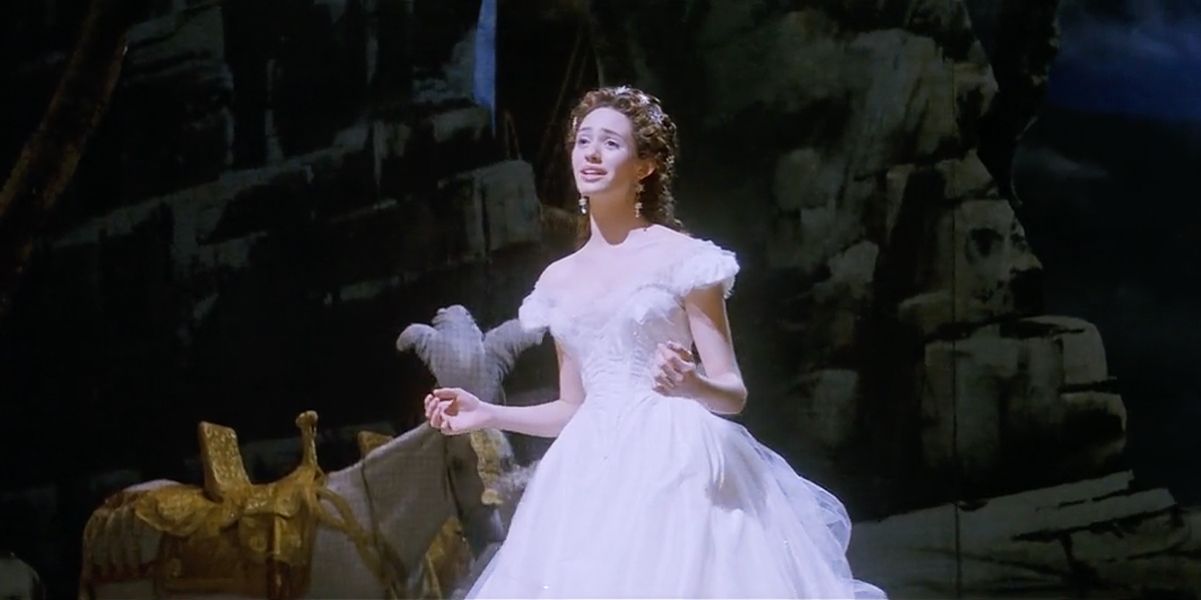
Christine Daaé landed on her newfound fame after the opera house’s main singer, Carlotta, backed out from the performance. Madame Giry, the warden of the ballerinas, suggested Christine take Carlotta’s place. She said that the young girl has been taking her voice lessons from the ‘Angel of Music’.
The character of Christine Daaé is a young, naïve girl whose talent has been hidden for years. The moment she took the center stage, it was a mesmerizing view. Emmy Rossum perfectly delivered that character of a young lady whose dreams are about to come true.
9 Miss: The Chandelier
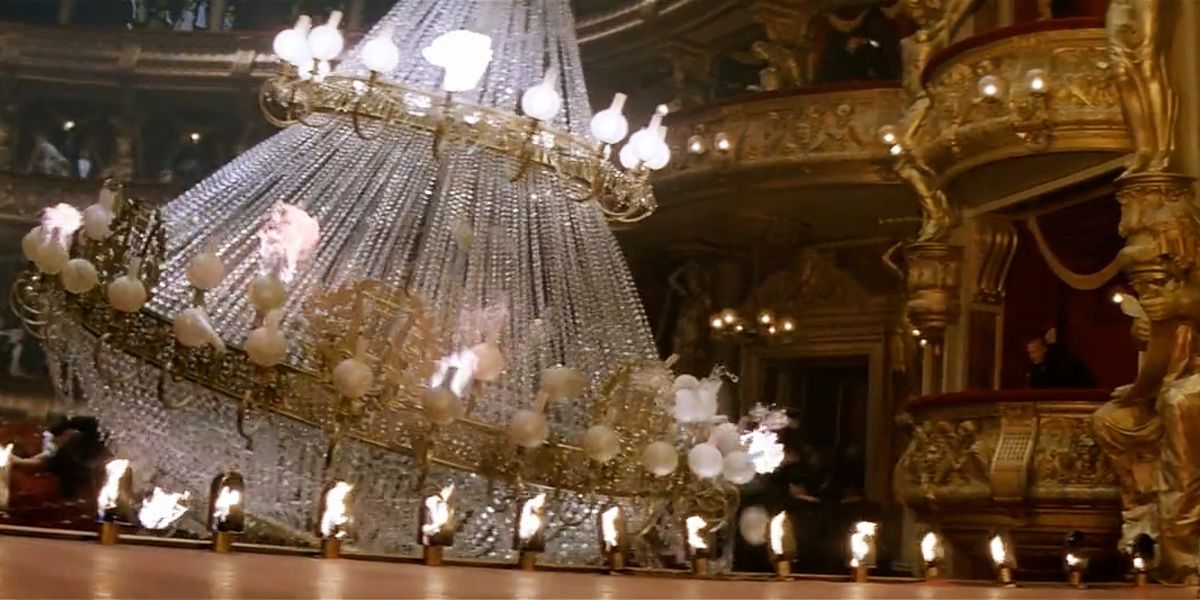
The main issue with this adaptation is the shuffling of scenes. For instance, the falling of the chandelier scene in the novel happened sometime during the first part of the story. In the movie, it occurred towards the finale. They also made the Phantom responsible for the accident when in fact, in the novel, it was a matter of wear and tear.
The chandelier is a very important element in the story. In the prologue of the film, the broken chandelier was part of the auction. This was adapted from the musical theater version, not from the novel.
8 Hit: The Toad
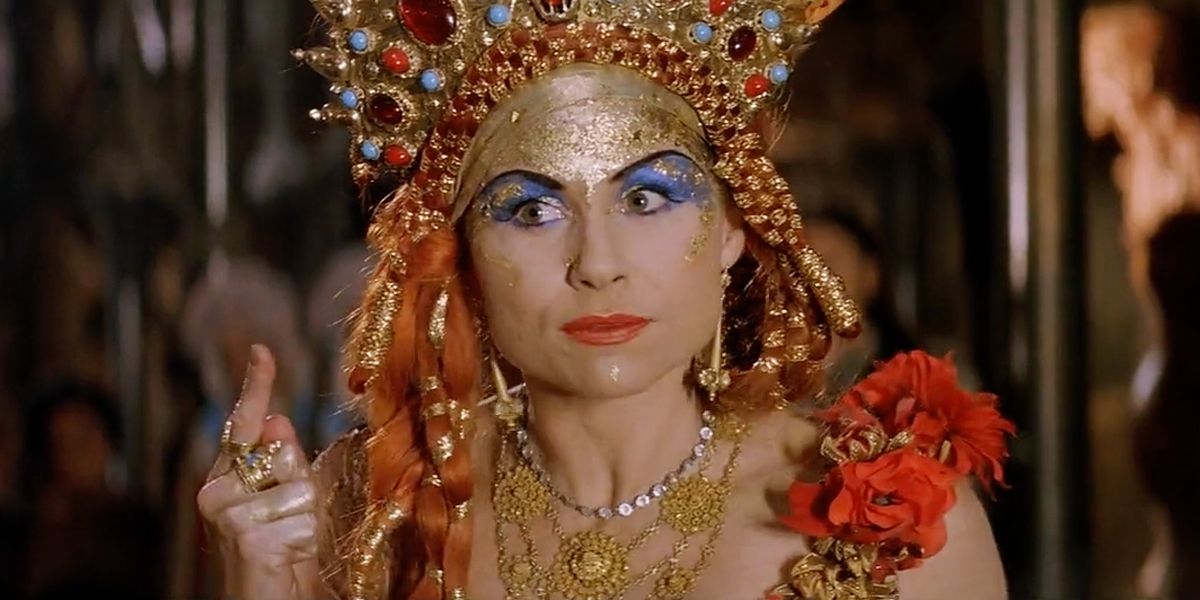
Perhaps the only comedic part of the story is anything that involves Carlotta. The Phantom wanted Christine to sing but the new managers weren’t taking his orders seriously so they let Carlotta sing. Just when the diva is about to belt a tune, she croaked like a toad!
The Phantom had warned both the managers and Carlotta before the performance but no one listened. This scene is very significant in the plot because it proves that The Phantom will do anything to make his protégé, Christine, the star of the opera house.
7 Miss: The Sword-Fight
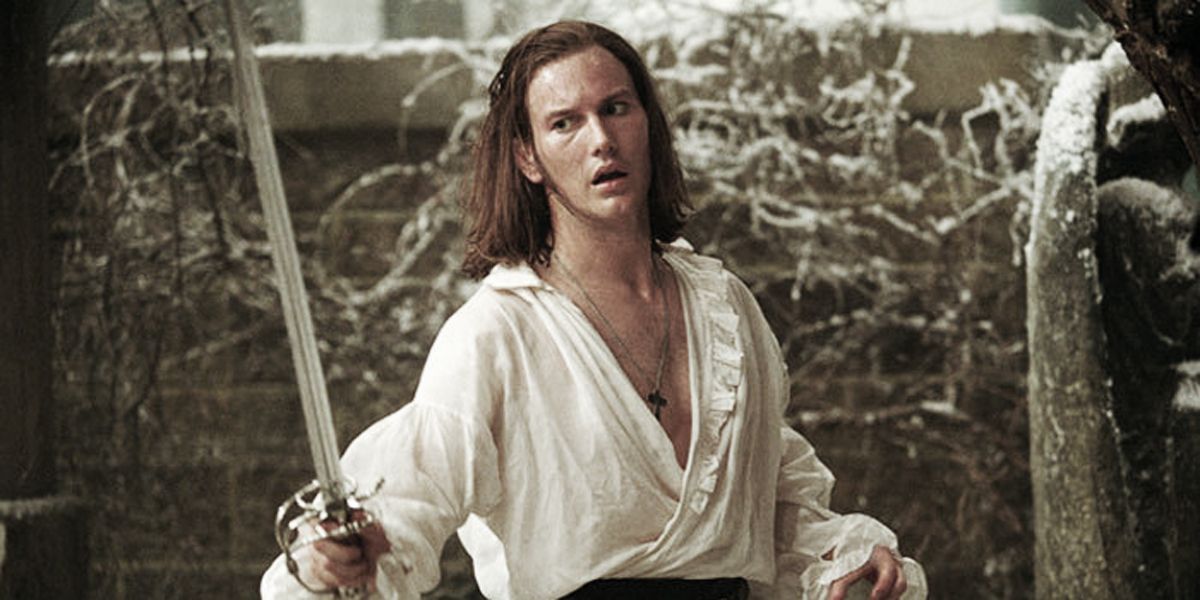
There is no mention of any sword-fight in the novel so this is just theatrics. The location of the said sword-fight, a churchyard, is where Christine comes to visit her father’s grave and where the Angel of Music sings to her.
This added element is possibly done to add more tension between the two gentlemen. Raoul, a viscount and Christine’s childhood friend, is the Phantom’s rival. Most of the fight scenes in the novel are made of traps and tricks, and the use of a sword as the Phantom’s weapon is very unlikely of his character.
6 Hit: The Viscount
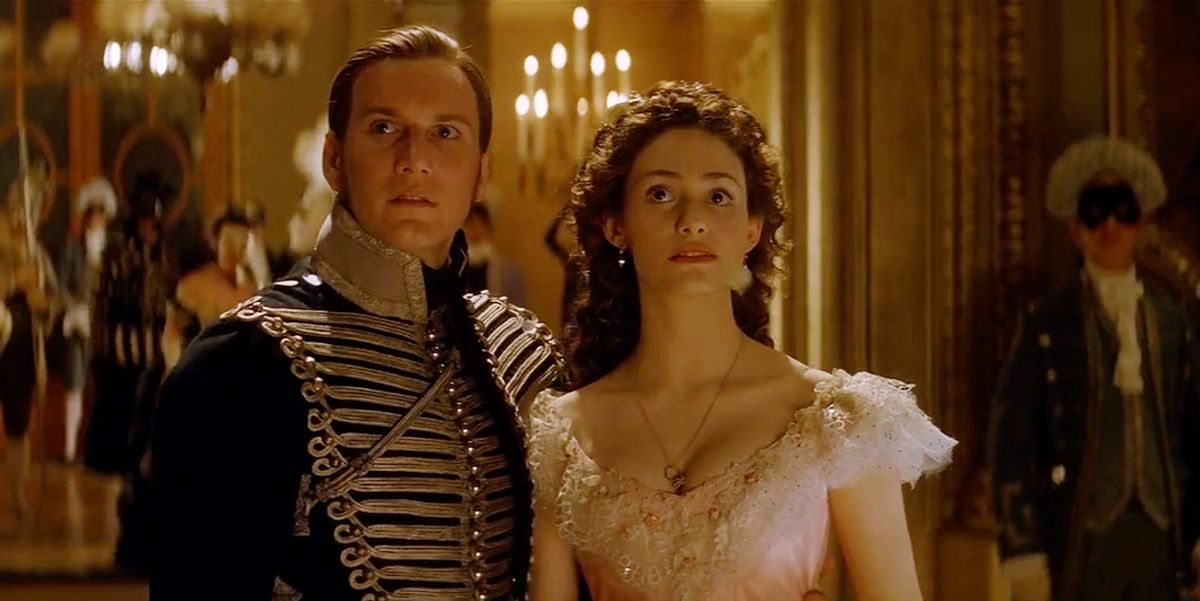
Viscount Raoul de Chagny is the love interest of Christine. His character, truth be told, is overshadowed by the presence of the Phantom. Despite this, both of his personalities in the novel and film are spot on, as a nobleman and as Christine’s childhood sweetheart.
The viscount displays the attitude of a hopeless romantic lover. He’s always acting like a knight in shining armor and often at Christine’s beck and call. Most of his scenes with Christine is him clinging and pining over her, both of which are evident in the movie.
5 Miss: The Rose

At the end of the movie, an old Raoul appears to be visiting Christine’s grave. As he approaches her tombstone, he saw a red rose on the side of it—an indication that the Phantom has paid her a visit. There is nothing like this in the novel because the Phantom killed himself at the end of the story.
There was no depiction of them growing old, although Raoul and Christine went on with their lives and happily lived together. Before taking his own life, Erik made Christine promise to bury him along with the wedding ring he gave her. Therefore, this scene is another shift from the original plot.
4 Hit: The Mirror
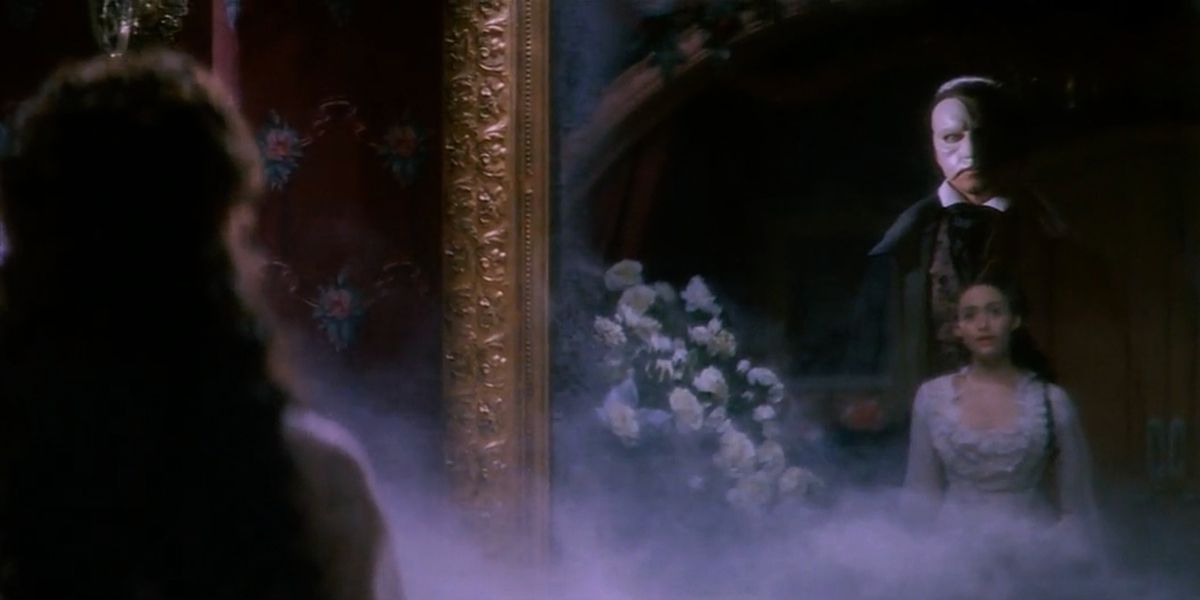
The mirrors in the story are representations of a façade. In Christine Daaé’s dressing room, her mirror is a doorway towards the cellar where the Phantom’s dwelling is located. Erik built this because his character is not fond of doors. He walks through walls, trap-doors, and mirrors.
Although quite a brief scene, the mirror that was used is made of mechanics that could be opened from the outside. This mirror is only mounted in the young singer’s room, as Erik likes to pay her a visit very often and conduct his ‘voice lessons’ to her.
3 Miss: The Torture Chamber
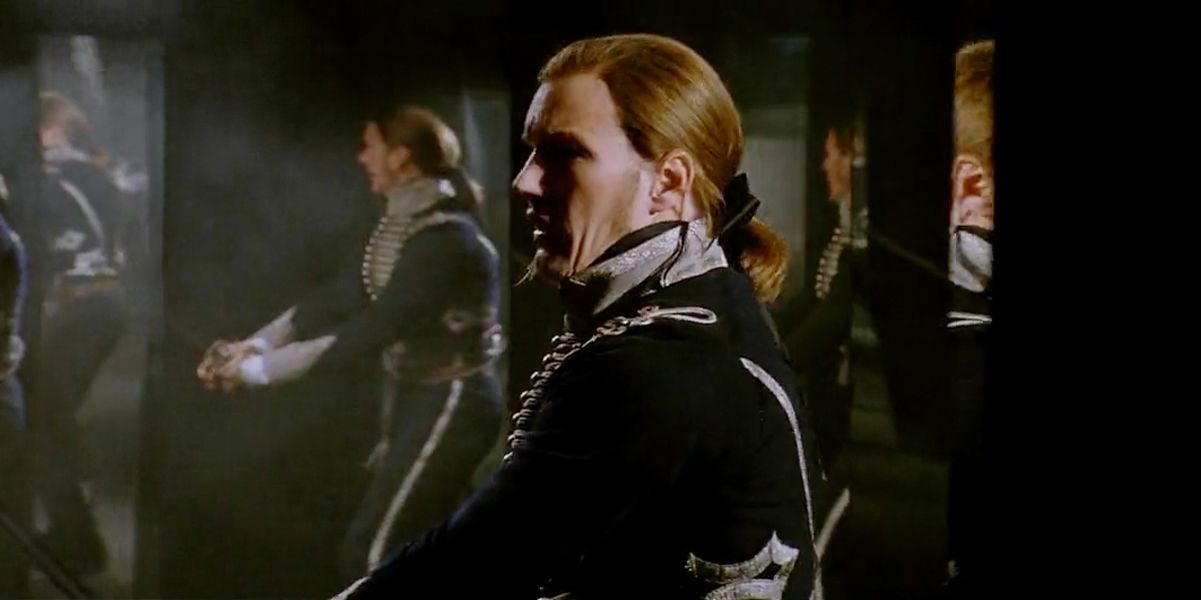
The audience had a brief view of the Phantom’s torture chamber, a place built to torment a victim to the point of killing their own selves by hanging. In the movie, Raoul fell below the stage and landed in a room full of identical mirrors. This is not an accurate depiction of the torture chamber because it is situated somewhere else.
The mirrors are meant to reflect the view from the outside, so the person inside will die of hunger and thirst, and their minds will be tortured until the only option left is to kill themselves using the rope tied to a tree inside the chamber.
2 Hit: The Trap-Door
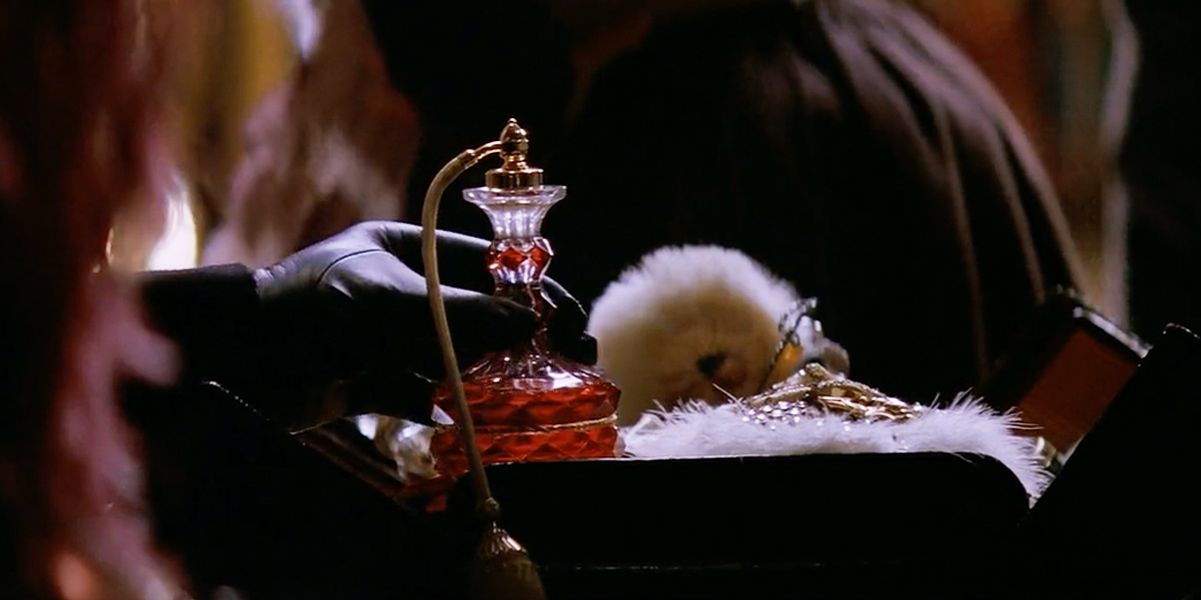
Erik is known as the trap-door lover, and this is his way in and out of the opera house. There are quite a few scenes where we see the trap-doors he built, although he rarely used them as illustrated in the novel. There are quite more of these in the book than presented in the film.
Some of the scenes where he managed to pull his tricks using trap-doors are when he switched Carlotta’s mouth spray that made her croak and when Raoul was going down the flight of stairs and he fell in the lake.
1 Miss: The Persian
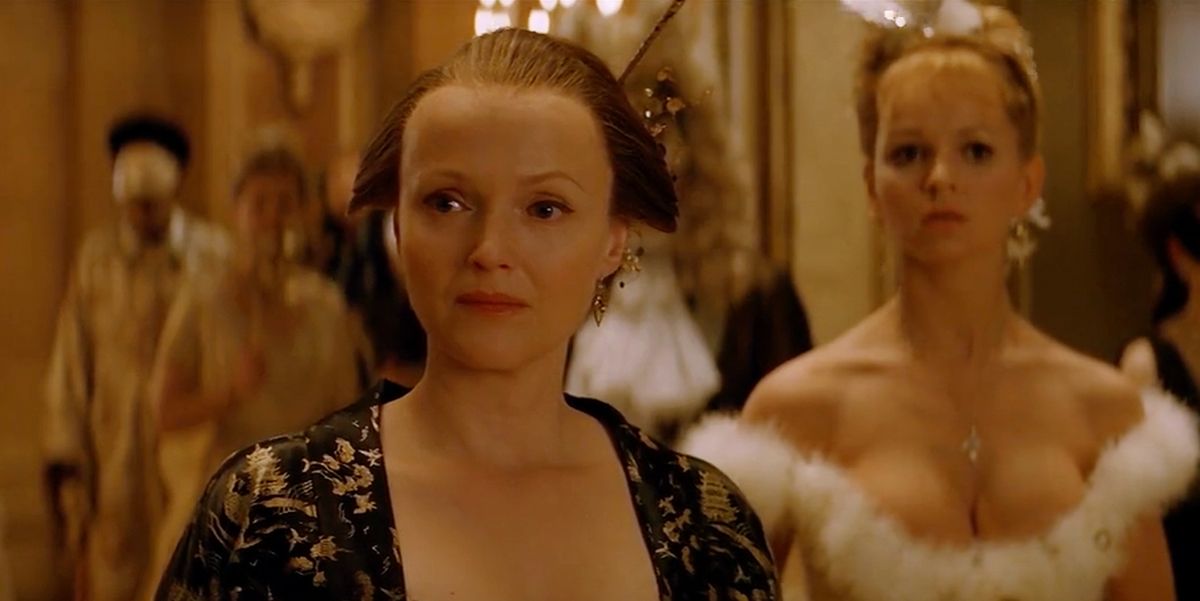
One of the important people missing in the film is The Persian. The scriptwriters may have omitted this character and used Madame Giry’s character as the Phantom’s old friend. In the novel, the Persian was the one who saved Erik from his untimely demise. The movie showed Madam Giry helping him escape when they captured him and treated him like a freak.
Both the Persian and the torture chamber are important details of the story. Their omission has affected the entire plot since these two are linked with each other. These are parts of the finale scene in the novel, which is totally different in the movie.
from ScreenRant - Feed https://ift.tt/2KmAJAS

0 Comments